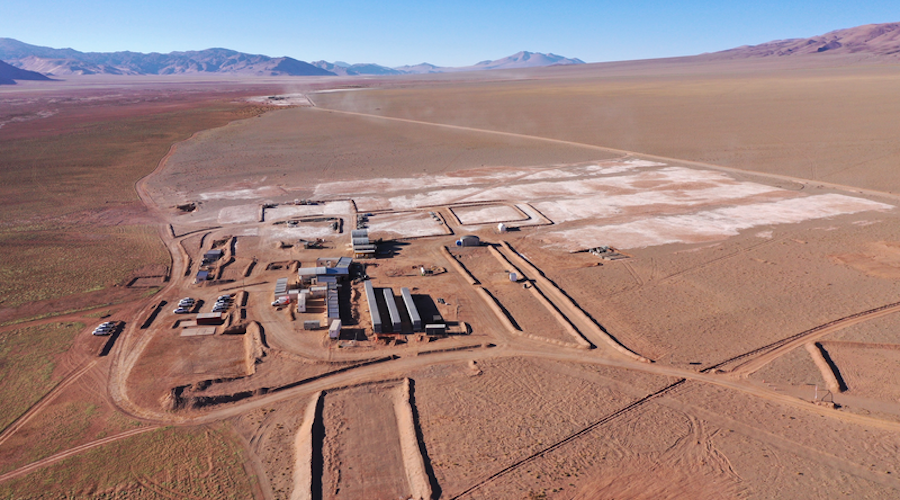Tide turns for mining sector as reversal of job losses starts to trend
By; Ed Stoddard
South Africa’s mining sector has been on the rebound after years of almost terminal decline, with several of the big players reporting soaring profits on the back of red-hot prices. The question now is whether the tide has turned on a decade of job losses.
The decline in South Africa’s mining sector in recent years was in part rooted in the sector’s history of exploitation, which gave rise to union militancy and the labour and social unrest that has rocked it over the past decade.
A perfect storm was also created as labour and power costs surged while prices stagnated or fell. Then there is the curse of “policy uncertainty”. Mining is a long-term game and the government kept changing the goalposts with successive Mining Charters, leaving boardrooms dazed and confused. And, of course, Eskom has played its part, with load shedding cutting production while adding another unwelcome layer of uncertainty. As a result, a lot of potential investment has been withheld.
One welcome trend from the recent turnaround has been a slowing and even reversal of job losses in the mining sector. Unemployment is South Africa’s number one social ill and in the wake of the economic destruction wrought by Covid-19 and the lockdowns to stem its tide, has reached 42% under the wide definition that includes people who have given up looking for work. So, the economy needs every job it can generate.
Last week the industry’s umbrella group, the Minerals Council South Africa, released its annual Facts and Figures publication. On the jobs front, it noted a 0.8% increase in the number of people directly employed by the sector in 2019, a slight rise to 460,015 from 456,438 in 2018. The trend since 2012 – the year of the Marikana massacre and the explosive rise of the Association of Mineworkers and Construction Union – has generally been downward.
There were about 525,000 people employed by the industry in 2012, and in every year since, with the exception of 2017, there has been a decline. The 2019 number is still more than 13% below the 2012 peak of the past decade, but the fact that net jobs were generated in two of the past three years is clearly welcome.
A number of trends are at play here. The Minerals Council notes that “while some commodities will invariably shed jobs (because of reasons ranging from lower grades, depth or a decrease in the demand for the commodity), other commodities will increase employees”. Iron ore, chrome and coal have been consistently adding jobs, as has manganese, a commodity in which South Africa accounts for about 80% of known global reserves. By contrast, platinum group metals (PGMs), gold and diamonds have been shedding jobs.
PGMs and gold have both been hard-hit by labour ructions in recent years, and have reduced their workforces in the face of depressed margins and deeper ore bodies. The platinum sector, led by Anglo American Platinum, has also made a profitable pivot to mechanisation where geology allows.
And some mines that faced closure because of social unrest, such as Impala Platinum’s Marula mine, have returned to profit as community relations have improved. With prices and profits now climbing, the trend of jobs cuts in this sector may slow and could potentially reverse with fresh investment. And mechanised operations generally offer higher-paid jobs.
Still, the road ahead is littered with potholes. The unreliability of Eskom remains a major deterrent to investment, and miners complain that their efforts to source power themselves are thwarted by government tardiness in approving such projects. Gold Fields has waited three years for approval for a solar project to help power up its South Deep mine, its last South African asset which is also mechanised.
Speaking last week at the virtual Joburg Indaba, a mining conference organised by Resources 4 Africa, Neal Froneman, the CEO of diversified precious metals producer Sibanye-Stillwater, said the company’s K4 project – formerly an asset of Lonmin’s – held “spectacular” prospects. But he could not risk shareholders’ money in the current environment.
“The economic parameters for the K4 project are really spectacular; very significant internal rates of return. But I can’t speculate with shareholders’ money. It is something I wish I could announce, but it’s also based on the right actions from government,” he said.
Without meaningful new investment on a large scale, South Africa’s mining industry will remain in decline. At least for now, overall job losses have been nipped in the bud. But to create badly needed jobs will require fresh capital flows. In that sense, the mining sector is a microcosm of the South African economy as a whole. President Cyril Ramaphosa often speaks about investment, but the structural reforms that economists say are needed to attract it remain unfinished. DM/BM
Source the Maverick
Share this content:















Post Comment